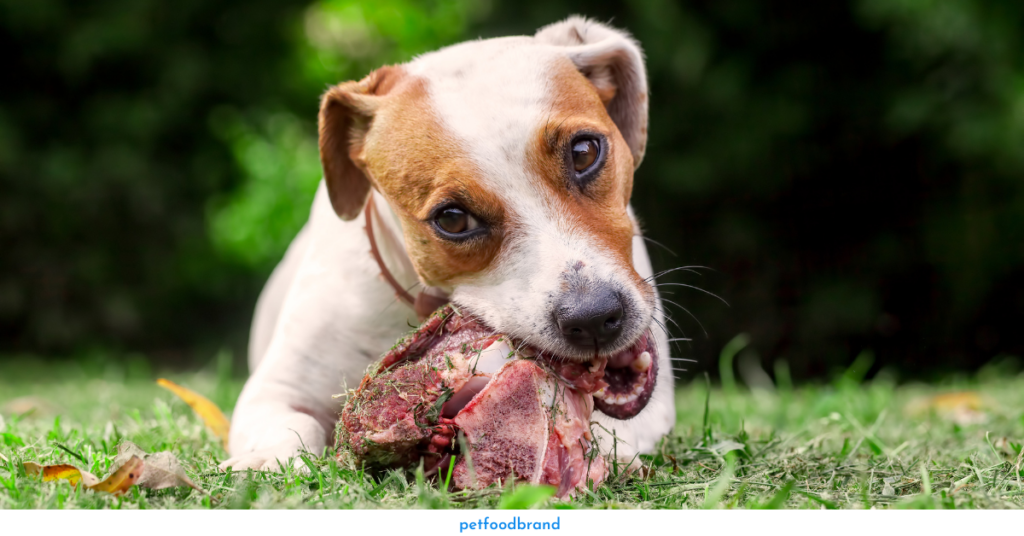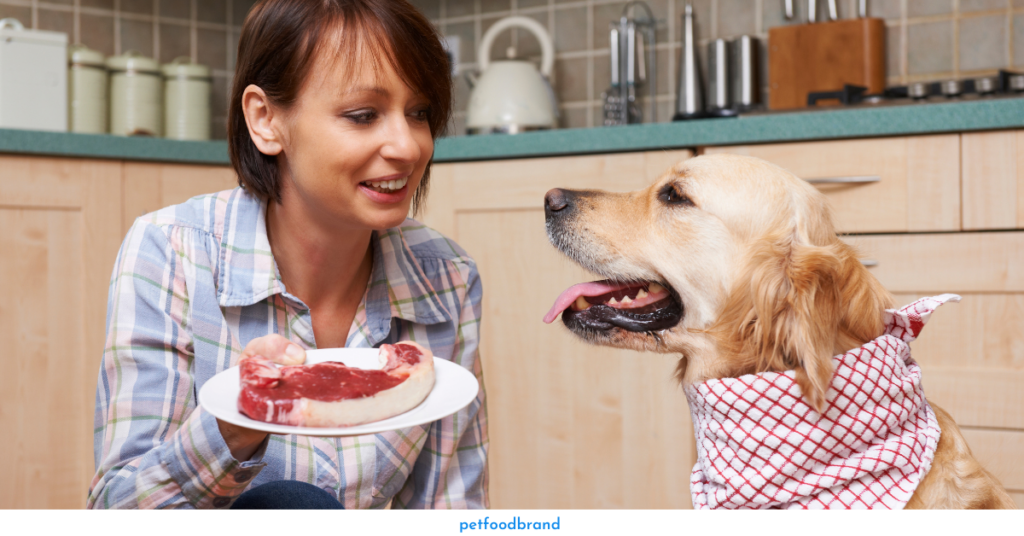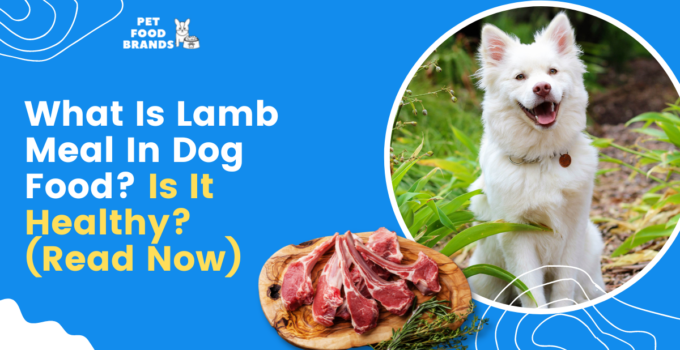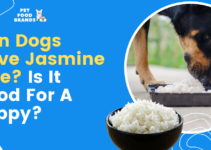Are you a pet parent who’s spoilt for choices when it comes to healthy food for your canines? With so many manufacturers and brands to choose from, it surely can become daunting to provide the best for your pup!
When searching for protein-rich food for your dogs, you’re most likely to end up going for recipes with meat like chicken, fish, and beef. However, you might even stumble upon a few containing lamb meals, which is a great source of animal protein.
It leads you to wonder – what exactly is lamb meal? Is it healthy, and can it benefit your pet dog?
Simply put, the lamb tissue went through the rendering process. And it may offer many benefits to canines.
Read on! And I am sure by the time you reach the end. All queries will be cleared to you about the lamb meal.
All About Lamb
Lamb is an excellent ingredient for dog food. After all, it has ample protein, essential amino acids that are good for a dog.
The protein content is helpful to build, heal, or even maintain the quality of a dog’s body tissues. It also generates antibodies that make their immune system strong. It even helps in forming hormones like insulin.
Like other meat sources, lamb also offers dietary fats and creatine that provide energy and transport fat-soluble vitamins. Besides that, you’ll find that your furry friends will soon become a fan of this meat variant. Why? Dogs usually tend to savor the delicious taste of lamb.
What Exactly is Lamb Meal?

The term Lamb meal means nothing but rendered tissues of lamb. It can include anything from skeletal muscle to some bones and even internal organs that are dried, processed, and ground.
Both internal organs and skeletal muscle come with abundant fats and high-quality protein. The small amounts of bones are a great source of essential minerals like calcium.
However, not every lamb meal dished out by manufacturers is of high quality. Lamb meals are sometimes found to have a lower amount of protein than those found in eggs. The latter is considered the ideal benchmark for protein.
A typical lamb meal can include some starch and wool, lowering its quality. It’s natural to wonder why such contamination occurs.
You can attribute the presence of wool content to poor processing techniques used by the manufacturers. On the other hand, starch contamination can be due to grain content in the lamb’s stomach not being removed before processing.
Lamb Meal Vs Lamb: The Difference
Many people mistakenly believe lamb and lamb meal are the same. They are two different dog food ingredients that sound the same.
Lamb is just animal meat, containing mostly the muscle tissue of young sheep. Lamb meal, on the other hand, is the tissue of the animal that undergoes a unique rendering process.
The rendering process first grounds the lamb meat to a uniform size. Then the manufacturers cook it to remove all fat and moisture. Finally, they grind it resulting in a powder high in protein.
Is Lamb Meal Healthy For Dogs?

Yes, lamb meat is safe and good for dogs of all ages, sizes, and breeds. Lamb is a healthy red meat that comprises dietary fats and amino acids vital for your dog to stay healthy.
Moreover, many dogs that can’t tolerate conventional sources of proteins like poultry or beef tend to adjust well to a diet that consists of lamb meat as a primary protein source.
Benefits of Lamb Meal in Dog Foods
Most dog food brands use lamb meals as a source of protein in their products, owing to the many benefits they can offer. Some of the more important ones are:
1. Longer Shelf Life
While you need to refrigerate or freeze lamb, you can store lamb meals safely at room temperature as it is shelf-stable. It makes lamb meals easy to store and transport.
2. An Economical Alternative
Many pet food manufacturers also add lamb meals to dog foods since it makes the products more affordable. Lamb meat, unsuitable for human consumption, and leftover scraps from the butchering industry go into making lamb meals.
It’s just a product that might go to waste. But manufacturers get it at a lower price to make the dog food nutritious and economical.
3. More Nutrients
Lamb is only the muscle tissue of a sheep. But lamb meal results from processing, condensing, and repackaging lamb at rendering facilities before being used as a pet food ingredient.
This process removes most of the water, thus providing your dog with a very concentrated source of protein and other essential nutrients. Both lamb and lamb meal are abundant in nutrients like fat and protein, but lamb meal tends to have higher concentrations of minerals like calcium.
The rendering process of lamb also removes fat and moisture content, which ensures that one pound of lamb meal contains higher protein content than one pound of regular lamb.
What Should I Look for in a Lamb Meal Dog Food?

If you’re planning to buy dog food that includes lamb, you must be cautious and pay attention to the presence of other ingredients in the food.
Therefore, you must find a dog food that only includes lamb meals but has a healthy balance of nutrients. Consider your furry friend’s age and activity level before deciding on the nutrients to give to your dog.
For instance, a balanced recipe with rice and lamb meals will offer your pet dog all the nutrients needed, like protein, vitamins, and minerals.
Moreover, if your dog is seven or older, you must look for a diet suitable for its age. It would help if you also looked for a grain-free lamb dog food formula free of wheat, corn, or soy.
Frequently Asked Questions
Is Rice And Lamb Meal Good For Dogs?
Yes, a recipe containing lamb meal and rice have easily digestible protein, making it ideal for dogs, especially those with a sensitive gut.
Is Lamb Meal Too Rich For Canines?
Lamb meal is fattier than other meats, making it great for active and growing dogs.
What Is Healthier For Dogs – Lamb Or Chicken?
Chicken is healthier as it has fewer calories and is great for obese dogs that need to lose weight; however, lamb contains more protein.
Final Thoughts
Finding the right dog food can be challenging, given the variety of brands and pet food recipes available today. It becomes even more daunting if you don’t know the ingredients in the recipes.
But lamb meal can give your furrowed brows a rest!
Yes, lamb meal is a highly nutritious ingredient in many pet products, but don’t confuse it with lamb. Now that you know everything about lamb meal and its benefits, you can decide whether it suits your furry companion.
If you’re still unsure, it’s best to consult a veterinarian before introducing your pup to a food containing lamb meal!

Ankita is a passionate pet lover and head of content at Pet Food Brands. With her extensive knowledge and research, she provides pet owners with top-quality information on dog food and nutrition. Her dedication to improving the lives of dogs makes her a leading voice in the industry.




